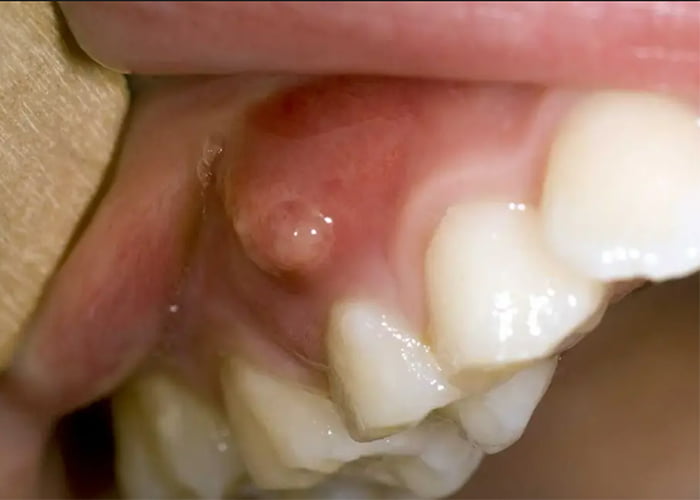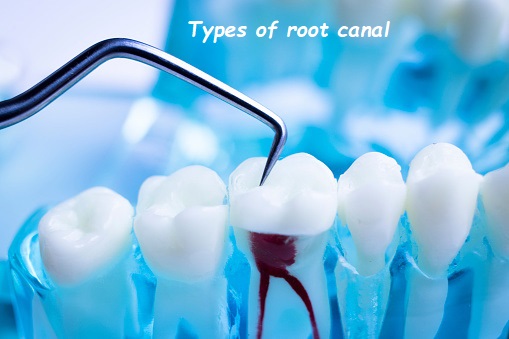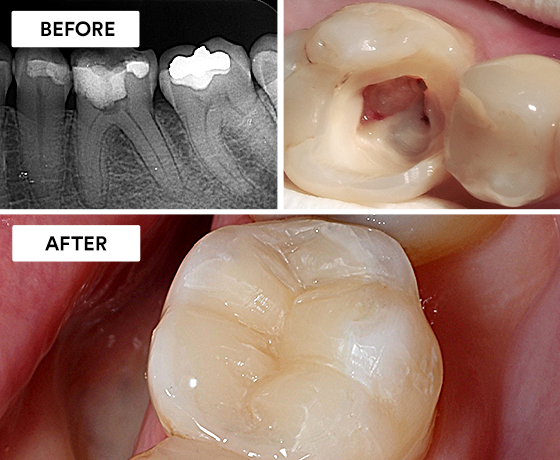laughing gas for root canal

Root canals are a standard dental procedure for treating infected or damaged tooth pulp. For many patients, the idea of undergoing a root canal can cause anxiety and fear. One way to manage this anxiety and ensure a comfortable experience is the use of laughing gas, also known as nitrous oxide. This guide will explore the benefits, process, and considerations of using laughing gas for root canals, helping you make an informed decision about your dental care.
Understanding Root Canals
What is a Root Canal?
A root canal is a dental procedure aimed at saving a tooth that is infected or severely decayed. The process involves several steps:
- Diagnosis: Determining the need for a root canal through symptoms and diagnostic tests.
- Removal of Infected Pulp: Cleaning out the infected or damaged pulp from the tooth’s root canals.
- Disinfection: Cleaning and disinfecting the inside of the tooth to remove bacteria and prevent further infection.
- Filling and Sealing: Filling the cleaned canals with a biocompatible material and sealing the tooth.
- Restoration: Often, a crown is placed over the tooth to restore its function and appearance.
Why is a Root Canal Necessary?
Root canals are necessary to save a tooth that would otherwise need to be extracted due to severe decay, infection, or damage. By removing the infected pulp and sealing the tooth, a root canal can alleviate pain, prevent the spread of disease, and restore dental health.
What is Laughing Gas?
Laughing gas, or nitrous oxide, is a sedative gas used to relax patients during dental procedures. It is a safe and effective way to reduce anxiety, making it particularly beneficial for those who experience dental phobia. When inhaled, laughing gas produces a calming effect, helping patients feel more comfortable and at ease during their treatment.
Benefits of Using Laughing Gas for Root Canals
Using laughing gas during a root canal offers several benefits:
- Reduces Anxiety: Laughing gas helps calm anxious patients, making the procedure more tolerable.
- Enhances Comfort: The sedative effects of nitrous oxide make patients feel relaxed and comfortable.
- Quick Onset and Recovery: Laughing gas takes effect quickly and wears off shortly after the procedure, allowing patients to resume normal activities.
- Pain Management: While not a painkiller, laughing gas can make patients less aware of discomfort and reduce their sensitivity to pain.
- Safe for All Ages: Nitrous oxide is safe for both children and adults, making it a versatile option for dental sedation.
How Laughing Gas is Used During a Root Canal
The process of using laughing gas during a root canal is straightforward and involves several steps:
Step 1: Preparation
- Consultation: Discuss your anxiety and concerns with your dentist, who will determine if laughing gas is a suitable option for you.
- Medical History: Provide your dentist with a complete medical history to ensure that nitrous oxide is safe for you.
Step 2: Administration
- Placement of the Mask: A small mask is placed over your nose to deliver the laughing gas.
- Inhalation: Breathe normally through your nose, inhaling the nitrous oxide mixed with oxygen.
- Relaxation: Within a few minutes, you will start to feel relaxed and calm.
Step 3: The Root Canal Procedure
- Local Anesthesia: A local anesthetic is applied to numb the tooth and surrounding area, ensuring that you feel no pain during the procedure.
- Performing the Root Canal: The dentist performs the root canal while you remain relaxed under the effects of the laughing gas.
- Monitoring: Your dentist will monitor your comfort levels and adjust the nitrous oxide.
Step 4: Recovery
- Discontinuing the Gas: Once the procedure is complete, the dentist stops the flow of nitrous oxide and administers pure oxygen.
- Quick Recovery: The effects of laughing gas wear off quickly, usually within a few minutes, allowing you to recover rapidly.
- Post-Procedure Instructions: Follow any post-procedure instructions provided by your dentist to ensure proper healing and care.
Considerations and Safety
While laughing gas is generally safe, there are some considerations and potential side effects to be aware of:
Safety Considerations
- Medical Conditions: Inform your dentist if you have any medical conditions, such as respiratory issues or a history of substance abuse, as these may affect your suitability for nitrous oxide.
- Pregnancy: If you are pregnant, consult with your healthcare provider before using laughing gas, as its safety during pregnancy is still a subject of research.
- Allergies: Ensure your dentist is aware of any allergies you may have to medications or substances.
Potential Side Effects
- Nausea and Vomiting: Some patients may experience mild nausea or vomiting, especially if they have eaten a large meal before the procedure.
- Dizziness: Lightheadedness or dizziness can occur, but these effects are usually temporary.
- Headache: A mild headache may develop after the procedure, typically resolving quickly.
Alternatives to Laughing Gas
While laughing gas is an excellent option for many patients, other sedation methods are available:
Oral Sedation
- Description: Oral sedatives, such as diazepam or lorazepam, are taken in pill form before the procedure to reduce anxiety.
- Benefits: Provides deeper sedation compared to laughing gas, suitable for patients with moderate to severe dental anxiety.
- Considerations: Requires someone to accompany you to and from the appointment due to lingering sedative effects.
IV Sedation
- Description: Intravenous (IV) sedation involves administering sedatives directly into the bloodstream for deeper sedation.
- Benefits: Offers the highest level of sedation, making it ideal for patients with severe anxiety or undergoing extensive dental work.
- Considerations: Requires monitoring by a trained professional and can have a longer recovery time.
General Anesthesia
- Description: General anesthesia induces a state of unconsciousness and is used for complex dental procedures or for patients with extreme anxiety.
- Benefits: Ensures the patient feels no pain or discomfort during the procedure.
- Considerations: Requires an anesthesiologist and involves a more extended recovery period.
FAQs About Laughing Gas for Root Canals
1. Is laughing gas safe for everyone?
- Laughing gas is generally safe for most patients, but those with certain medical conditions, respiratory issues, or pregnancy should consult their dentist before use.
2. How quickly does laughing gas take effect?
- Laughing gas typically takes effect within a few minutes of inhalation, helping patients relax quickly.
3. Can I drive after receiving laughing gas?
- Yes, the effects of laughing gas wear off quickly, and most patients can drive themselves home shortly after the procedure.
4. What does it feel like to be on laughing gas?
- Patients often describe a feeling of relaxation, lightness, and calmness. Some may experience mild euphoria or tingling sensations.
5. Will I still need a local anesthetic with laughing gas?
- Yes, a local anesthetic is still used to numb the tooth and surrounding area, ensuring that you feel no pain during the root canal.
6. Can children receive laughing gas for dental procedures?
- Yes, laughing gas is safe and commonly used for children to help them relax during dental treatments.
7. Are there any long-term side effects of using laughing gas?
- Long-term side effects are rare. Most side effects, such as nausea or dizziness, are mild and temporary.
8. How should I prepare for a root canal with laughing gas?
- Follow your dentist’s instructions, which may include eating a light meal and avoiding alcohol or certain medications before the procedure.
9. Can laughing gas be used for other dental procedures?
- Yes, laughing gas is commonly used for various dental procedures, including fillings, extractions, and cleanings.
10. What should I do if I feel uncomfortable during the procedure?
- Inform your dentist immediately. They can adjust the nitrous oxide levels or provide additional sedation if needed.
Case Studies: Laughing Gas for Root Canals
Case Study 1: Reducing Anxiety in an Adult Patient
Patient: A 35-year-old with severe dental anxiety needed a root canal.
Solution: The dentist recommended using laughing gas to help the patient relax.
Outcome: The patient reported feeling calm and comfortable throughout the procedure, with minimal discomfort and a quick recovery.
Case Study 2: Pediatric Root Canal with Laughing Gas
Patient: A 10-year-old child required a root canal due to severe tooth decay.
Solution: The dentist used laughing gas to help the child relax and remain still during the procedure.
Outcome: The child experienced no anxiety or pain, making the procedure smoother and less stressful for both the patient and the dentist.
Conclusion
Laughing gas, or nitrous oxide, is an effective and safe sedation option for patients undergoing a root canal. It helps reduce anxiety, enhance comfort, and manage pain, making the dental experience more tolerable. By understanding the benefits, process, and considerations of using laughing gas, you can make an informed decision about your dental care.
Consult with your dentist to determine if laughing gas is the right option for you, and follow their instructions to ensure a smooth and comfortable root canal procedure. Whether you are dealing with dental anxiety or seeking a more relaxed dental experience, laughing gas can be a valuable tool in achieving optimal oral health.









